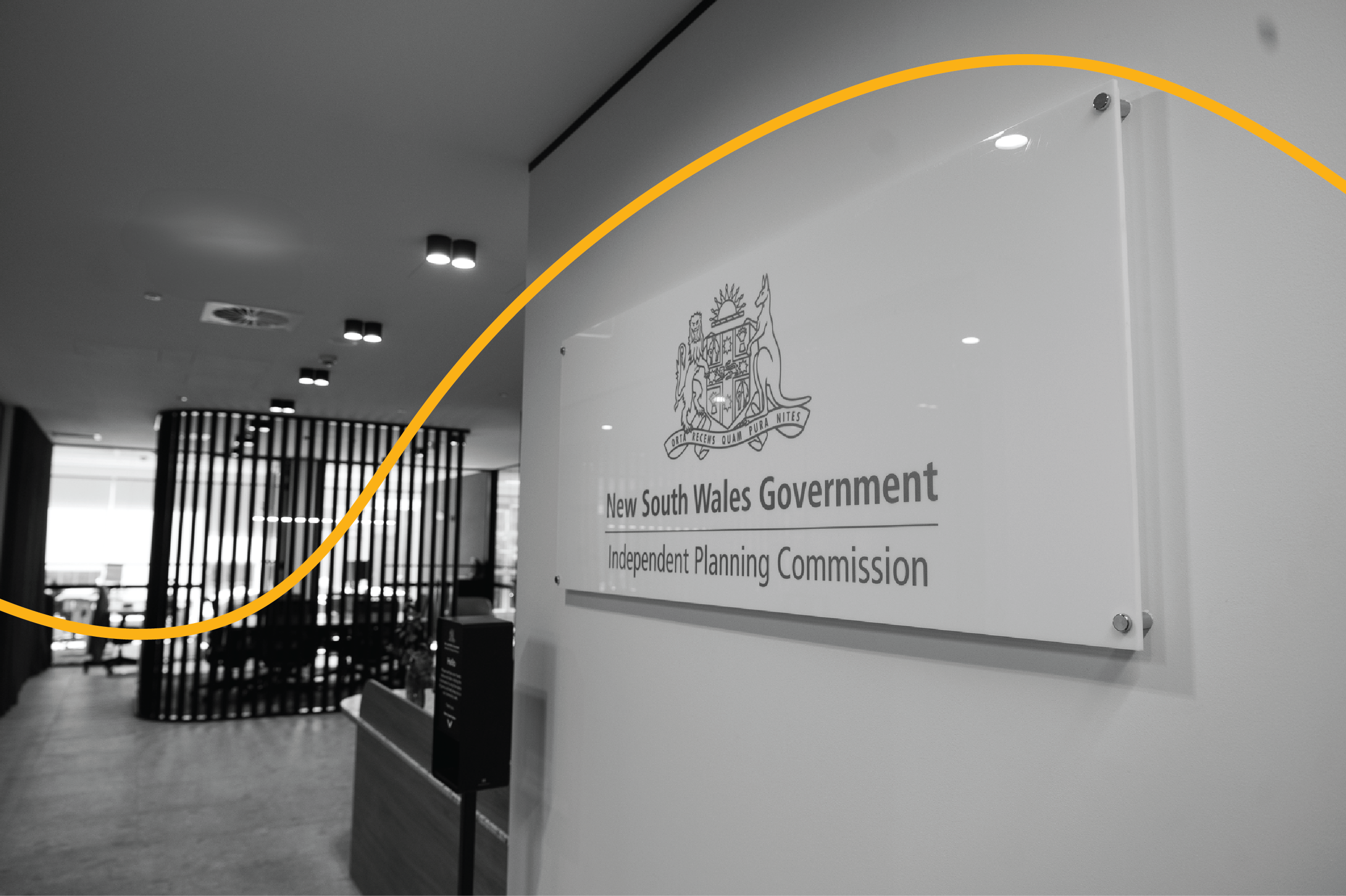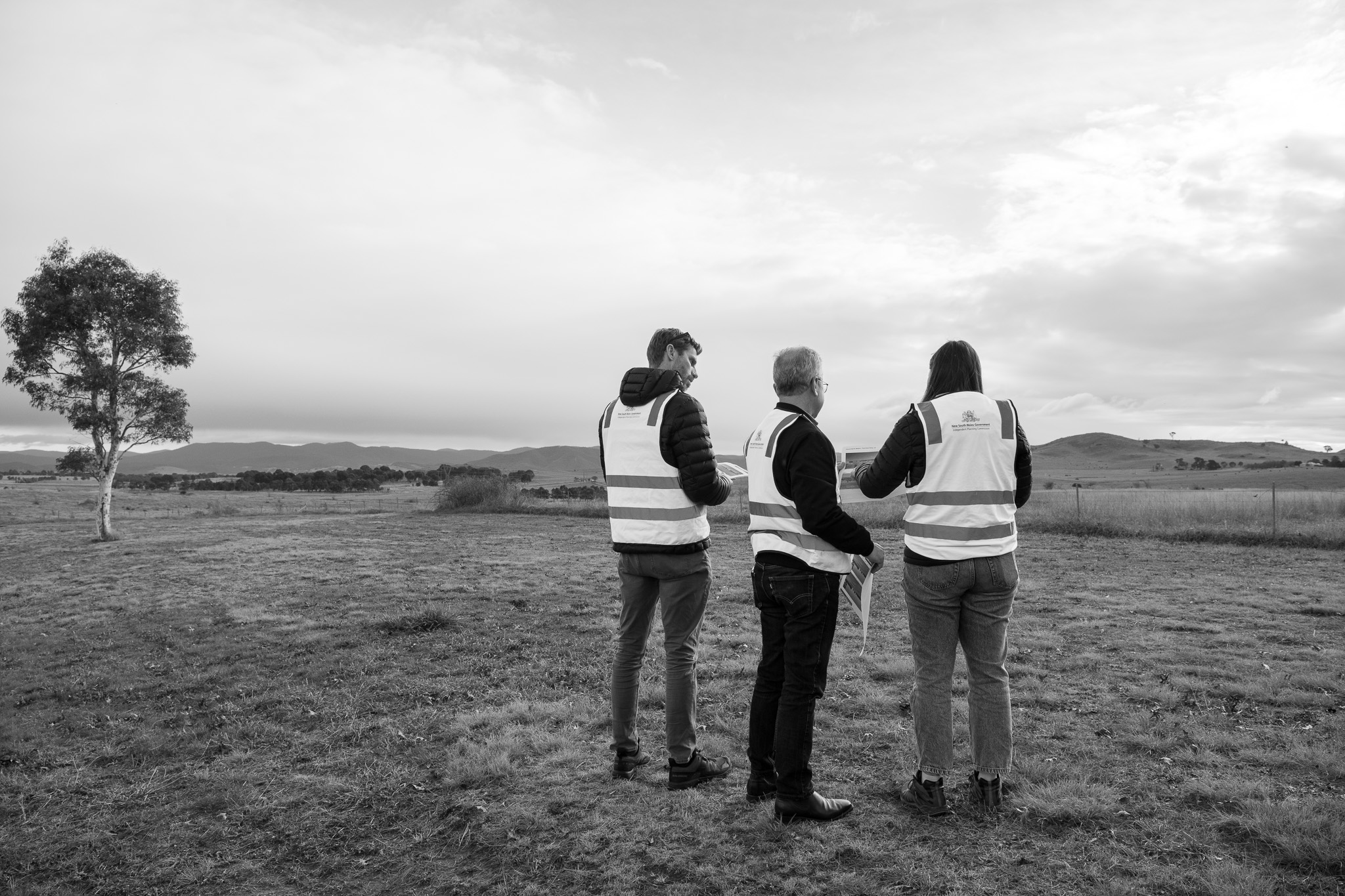The Independent Planning Commission was established on 1 March 2018 as a NSW Government agency comprised of Commissioners appointed by the Minister for their decision-making skills, breadth and depth of experience, and diverse backgrounds in a range of planning-related fields.
The Commission acts independently of the Minister, except in relation to certain limited procedural matters. The Office of the Independent Planning Commission (OIPC) supports the Commission and is a separate agency that is independent of the Department of Planning, Housing and Infrastructure (DPHI) and other government departments.
Commission Chair
The Chair of the Commission reports directly to the Minister. The Chair is also head of agency of the Office of the Independent Planning Commission and may choose to appoint one or more Deputy Chairs to support the Commission and the agency in its work.
The work of the Commission is allocated by the Chair of the Commission in line with the Environmental Planning and Assessment Act 1979 (EP&A Act). The allocation of the work of the Commission includes determining which members will constitute the Commission for any case.
If the Chair is unavailable for any reason, the Chair may nominate another member, typically a Deputy Chair, to allocate the work of the Commission for that period.
The Chair is also responsible for meeting the Minister’s expectations set out in the Statement of Expectations, ensuring the Minister’s expectations are met by Commission panel members, enforcing the Commission’s Code of conduct, and maintaining the reputation of the Commission. The Chair has the right to advise Panel Chairs and Panel members on matters relating to their duties and obligations. See the Commission’s Chair oversight protocol for more information.
The current Chair of the Commission is Andrew Mills. The Deputy Chairs are Professor Neal Menzies AM and Janett Milligan.
Commissioners
Commission members are appointed by the Minister for their decision-making skills, breadth and depth of experience, and diverse backgrounds in a range of planning-related fields. Commissioners are individually appointed for terms of up to three years and cannot serve more than six years in total. One member is appointed by the Minister to be the Chair of the Commission.
Learn more about our Commissioners.
The Chair of the Commission (or another member of the Commission nominated by the Chair) appoints members to a Panel to constitute the Commission for any case.
When appointing members to a Panel to determine a particular development application or provide advice on a planning matter, the Chair will seek to ensure balance of members with broad governance skills, including leadership experience, a good understanding of the NSW planning process, and technical experience relevant to the case.
Although Commissioners have experience and expertise in various specified fields, they do not sit on Panels as subject matter experts but as decision-makers.
The Mining and Petroleum Gateway Panel is a subcommittee of the Commission. Its members are appointed by the Chair of the Commission in consultation with the Minister for Planning, the Minister for Resources, Minister for Energy and Utilities, and the Minister for Primary Industries.
Read about the Mining and Petroleum Gateway Panel here.
The Office of the Independent Planning Commission (OIPC) is a separate agency that provides staffing, professional and technical support to the Commission and its members.
The OIPC is the main point of contact for the public and other government agencies. It coordinates and facilitates the Commission’s advice and decision-making processes and in doing so is guided by the policies and procedures of the Commission.





